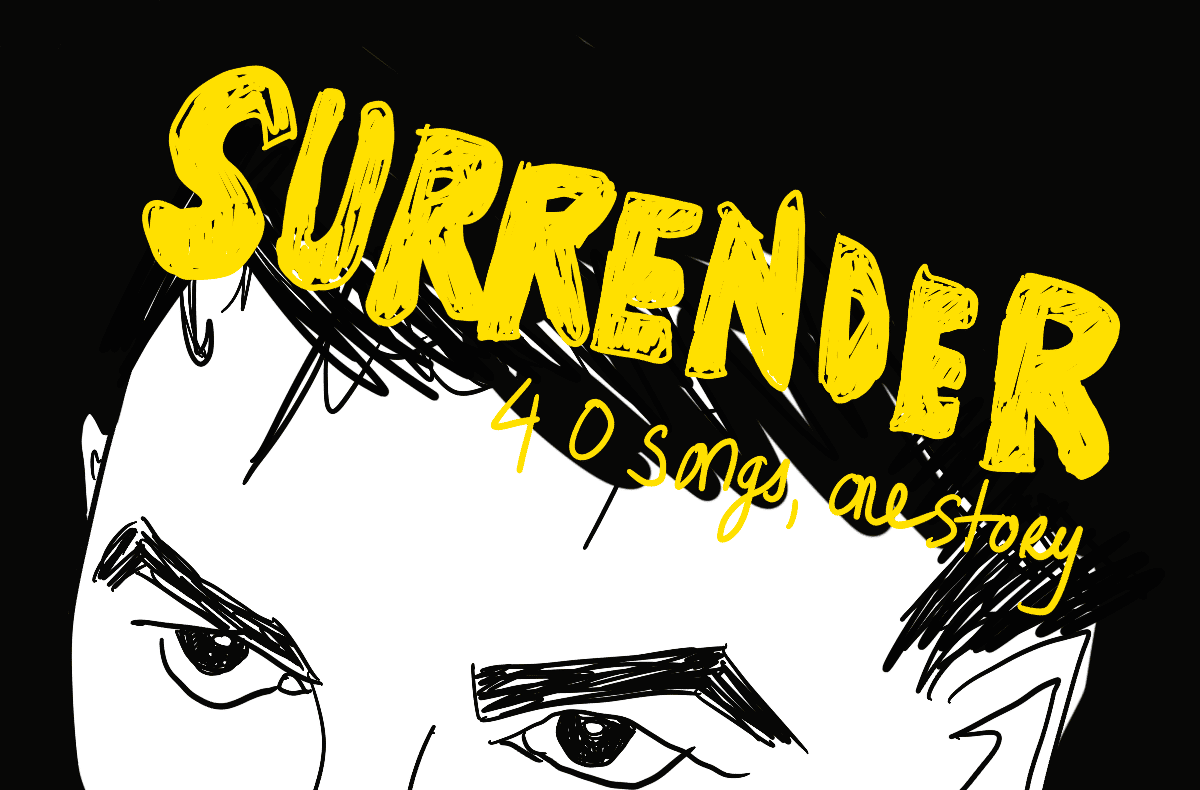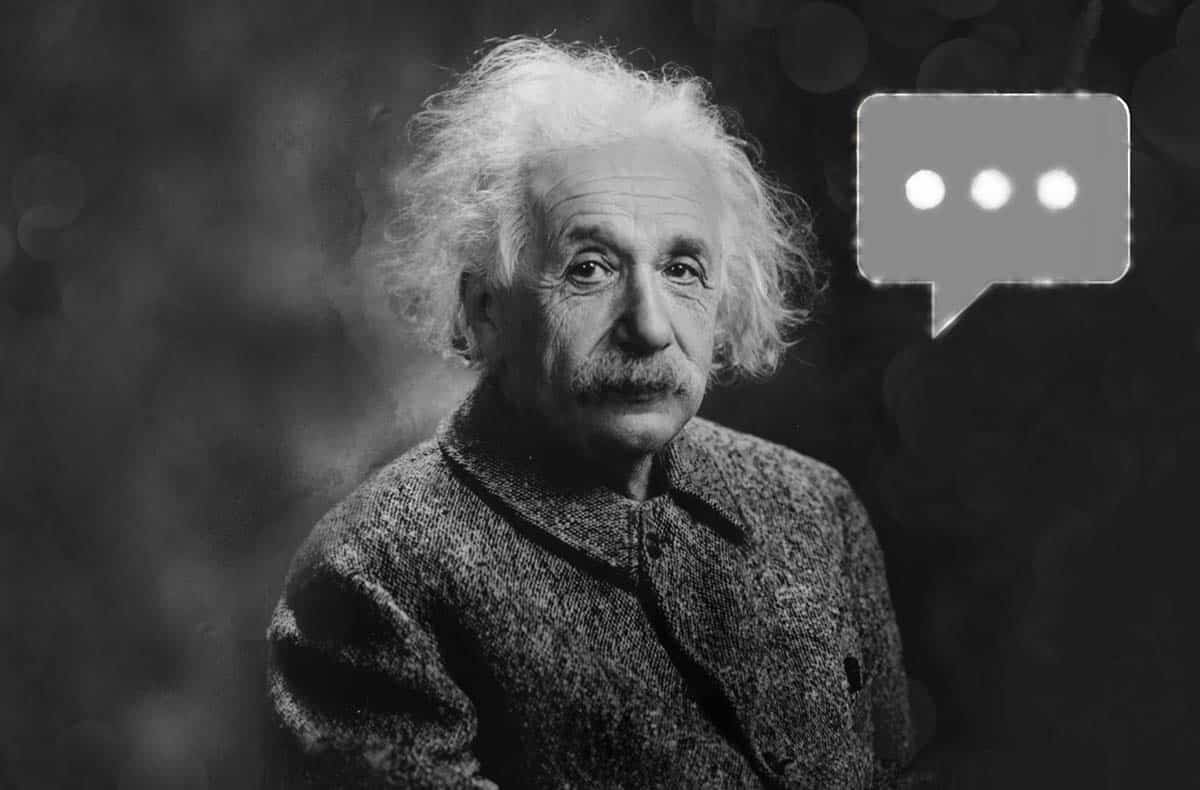
Like a few other pre-January-24th items on my desktop at the moment, the question of what a “vibe-shift” might mean has edged ever closer to the trashcan of triviality. But no, I’ve decided to retrieve it. Even as my attention is full of terrible, 20th-century images of smashed buildings and ground battles, I want to keep all the options open for societies to define themselves by creativity. And I’ve watched enough tearful Kyiv hipsters to know that this might be a shared agenda.
So: what’s a “vibe-shift”? You may think you already understand both elements of the term, but they were officially brought together by the trend marketer Sean Monahan in June 2021. A “vibe-shift” describes a moment when everything flips in cultural fashions—clothes, music, tech, news topics, all at once.
I won’t weary you with Monahan’s brocade of cultural references, but essentially, it’s a turn to hedonism and nihilism. And it’s against the obvious targets: the privations of pandemic and climate catastrophe, and the identity policing of wokeness.
It’s been pretty odd researching this, because the mainstream interest has been building for several months, coming to a peak just weeks or even days before the first Russian airstrikes on Ukrainian military targets. The historical context invoked by this coverage makes their presentiments even more obvious. This vibe-shift is “the return of the Jazz Age,” or even “a potent mix of fear and heroism, last seen in Weimar Germany.”
It’s maybe no surprise what a vaccine-driven victory over an old biological foe would generate, among social, playful animals—that is, shaking tail feathers in each others’ faces. (One of Monahan’s recent cultural tips, a short film on New York’s The Hellp [sic], displays every signifier of pop bacchanal from the last half-century).
Yet war represents the return of an equally enduring foe. Let’s see if Monahan’s who-cares zeitgeist survives the social media image flood of stylish and earnest young Europeans, trembling under their bombardments. Are there any other fashionable escap(ist) routes from this current mess? It probably won’t be the return to some rugged, modest, post-digital authenticity. We are coming to realize the grip of traditionalism in Russian society and culture: this is a movement against liberalism itself, not just pleasure-seeking.
Such traditionalism casts a shade over anyone choosing to pursue a “simpler,” non-ideological life. Complexity is becoming its own virtue.
So why haven’t I dragged the concept of a vibe-shift to my wastebasket icon yet? Because it does point to a very important zone. As we face this “polycrisis,” in Adam Tooze’s words, we need to be engaged and ingenious. What’s the self and ethos that would serve these ends?
Maybe a vibe-shift—precisely because of its speed and completeness—could help compose this new purposefulness, given the urgency of the situation. But we might have to tweak some of its parameters. For example, what if a vibe-shift can’t express itself through conspicuous consumption, in capitalist economies that may be facing a long period of reduced growth?
The British economist James Meadway recently noted that when the pie of growth becomes smaller—constrained by climate boundaries, expensive raw materials, and who knows what military moves—the scrabble for the remaining slices gets tougher.
To keep the peace under these conditions, on domestic as well as foreign fronts, we may need to think about what has been called “public luxury.” The policy end of this is, in Meadway’s words, “reduced working time, more public holidays, more social spaces, more provision of care and education, more digital consumption.”
The point is that, in order to shift the vibe in a post-growth direction, these measures should be the very opposite of grim and grinding. I was an early R&D consultant to the UK government’s 2022 celebration of national creativity, Unboxed. Go through its ten initiatives, freely accessible to all, and you’ll see a textbook example of public luxury—indeed, at times, even public psychedelia.
The other clue from Unboxed lies in its particular conception of creativity. Sean Monahan scans bars in Malibu and Brooklyn for diverse style indicators—a sneaker adaptation, someone’s car-crash makeup. That’s one kind of playful, fertile mess. But Unboxed tries (and largely succeeds) to do the same wild mash-up between sci-tech and the humanities. Ex-oil rigs are transformed into art happenings; the moon is literally used as a sounding board; oral storytelling fuses with the metaverse and machine learning.
We need ambition at this scale, laying down new wiring between the means and the ends of creativity. What kind of creative milieux will produce the AIs and quantum computers that will release us from routine labour; the high efficiency batteries that will support electrification and zero-carbon energy; the digital education calibrated precisely to the child; and so much more that we cannot currently imagine? And how can pursuing these goals provide a sense of flow, buzz or high (like the playful human energy that courses through Web3)? We should be crafting stories, scenes and personalities that can joyously carry our ingenuity to somewhere else, other than extraction or war. (For an attempt at this, see the “Planet A” framing from The Alternative Global, a political prototyping platform I co-initiated with Indra Adnan.)
All of which says to me that we’d be wrong to consign the “vibe-shift” to the dumpster of unseriousness. We just need to tune its antennae to go wider and deeper.



